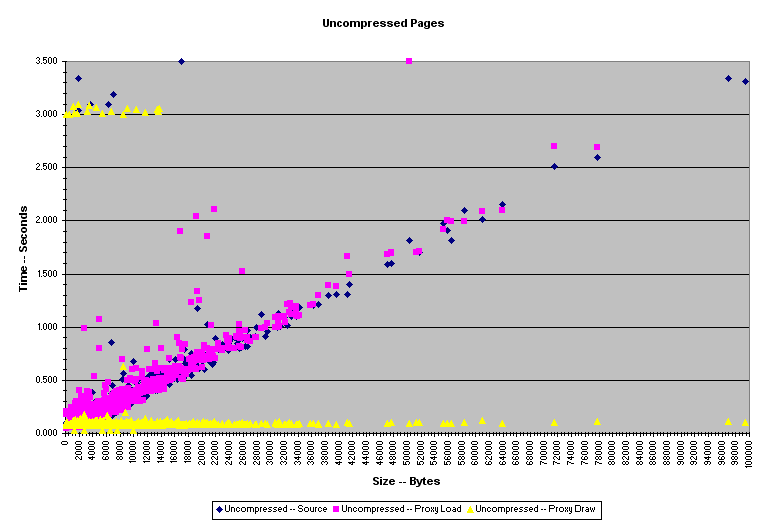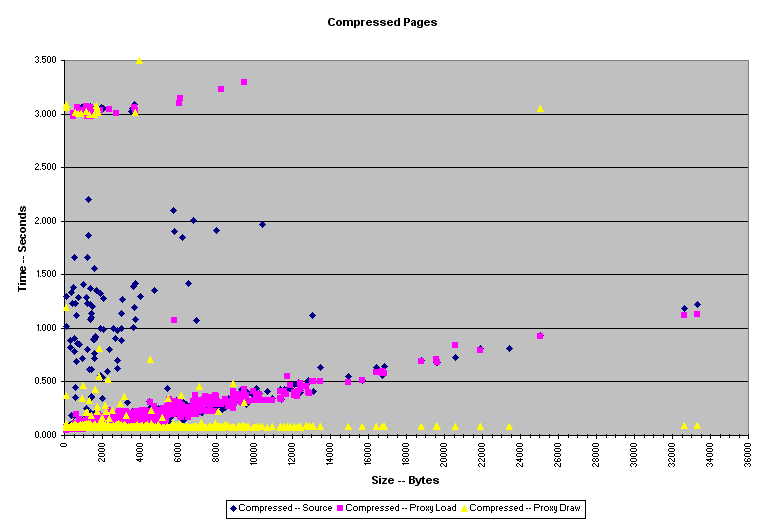Apache has been my web server of choice for more than a decade. It was one of the first things I learned to compile and manage properly on linux, so I have a great affinity for it. However, there are still a few gotchas that are out there that make me grateful that I still know my way around the httpd.conf file.
HTTP compression is something I have advocated for a long time (just Googled my name and compression – I wrote some of that stuff?) as just basic common sense.
Make Stuff Smaller. Go Faster. Cost Less Bandwidth. Lower CDN Charges. [Ok, I can’t be sure of the last one.]
But, browsers haven’t always played nice. At least up until about 2008. After then, I can be pretty safe in saying that even the most brain-damaged web and mobile browsers could handle pretty much any compressed content we threw at them.
Oh, Apache! But where were you? There is an old rule that is still out there, buried deep in the httpd.conf file that can shoot you. I actually caught it yesterday when looking at a site using IE8 and Firefox 8 measurement agents at work. Firefox was about 570K while IE was nearly 980K. Turns out that server was not compressing CSS and JS files sent to IE due to this little gem:
BrowserMatch \bMSIE !no-gzip gzip-only-text/html
This was in response to some issues with HTTP Compression in IE 5 and early versions of IE6 – remember them? – and was appropriate then. Guess what? If you still have this buried in your Apache configuration (or any web server or hardware device that does compression for you), break out the chisels: it’s likely your httpd.conf file hasn’t been touched since the stone age.
Take. It. Out. NOW!
Your site shouldn’t see traffic from any browsers that don’t support compression (unless they’re robots and then, oh well!) so having rules that might accidentally deny compression might cause troubles. Turn the old security ACL rule around for HTTP compression:
Allow everything, then explicitly disable compression.
That should help prevent any accidents. Or higher bandwidth bills due to IE traffic.


